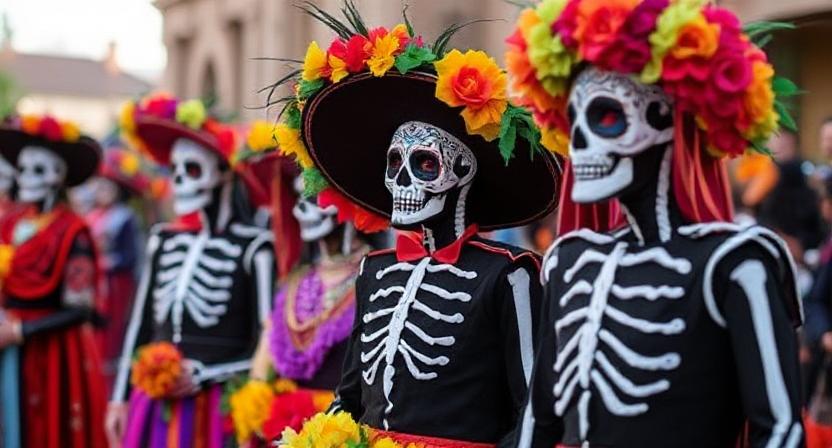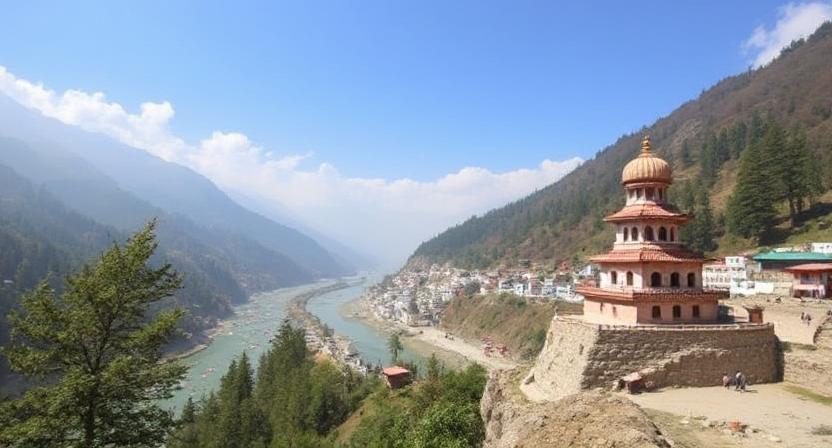Mexico Tourism Grows During Day Of The Dead As Visitors Travel To Experience Authentic Cultural Heritage

Mexico is once again preparing for a weekend of deep emotion, color and cultural pride as the nation welcomes the arrival of Día de los Muertos, the Day of the Dead — a timeless tradition that celebrates life by honoring those who have passed into the spiritual world. Far from being a moment of mourning, the festival stands as a vibrant reminder that love transcends death and that memory is a bridge that connects generations.
Across every corner of the country, from the Yucatán Peninsula to Baja California, families are preparing ofrendas — home altars filled with candles, incense, photographs, sugar skulls, bright papel picado banners and favorite foods of departed loved ones. At the heart of every altar lies the cempasúchil, the fiery orange marigold whose fragrance is believed to guide spirits safely back to the world of the living. Entire streets, town squares and cemeteries transform into glowing pathways of petals and candlelight as families await their spiritual guests.
A Tradition That Lives Through Time
Observed annually on November 1st and 2nd, the Day of the Dead is a fusion of ancient Indigenous beliefs and spiritual customs. Rooted in pre-Hispanic rituals that honor cyclical life, the celebration was later shaped by cultural traditions introduced over centuries, evolving into one of Mexico’s most meaningful cultural expressions. The first day, known as Día de los Angelitos, welcomes the spirits of children, while November 2nd, Día de los Difuntos, is dedicated to adults who have passed.
Unlike somber memorials found elsewhere in the world, Mexico’s approach to remembering the dead blends story, music, art, humor and spiritual conviction. It is a celebration that carries the message that no one truly dies if they are never forgotten.
A Nation In Full Celebration
Every region in Mexico brings a unique cultural expression to this festival:
- Mexico City will once again transform its iconic Paseo de la Reforma into a moving river of giant skeleton puppets, painted performers, decorated floats and musical troupes in an annual parade that attracts global attention.
- In Oaxaca, artists spend weeks crafting elaborate sand tapestries and paper art, turning plazas into open-air galleries of symbolism and color.
- The lakeside town of Pátzcuaro in Michoacán will glow beneath thousands of candles as families cross the lake to Janitzio Island for dusk-to-dawn cemetery gatherings — one of the most spiritual and moving sights in the country.
- In Veracruz, Yucatán and Quintana Roo, celebrations blend ancient Mayan and Totonac traditions, featuring music, dance, local cuisine and storytelling.
- In the northern states such as Nuevo León and Chihuahua, communities host cultural exhibitions, traditional craft fairs and processions that keep local customs alive.
A Cultural Treasure For The World
In 2008, UNESCO recognized the Day of the Dead as an Intangible Cultural Heritage of Humanity, describing it as a tradition that preserves collective memory and strengthens cultural identity. It has since become a symbol of Mexico’s artistic soul, spiritual resilience and intergenerational unity.
A Tourism Magnet
The magic of this festival has captivated travelers from around the world. Tourism analysts forecast that more than 1.6 million hotel stays will be registered across Mexico during this year’s celebrations — a rise of over 2% compared with the previous year. Popular destinations like Mexico City, Oaxaca, Pátzcuaro, Mérida, Guanajuato, Cancun and Puebla are reporting strong demand as both international and domestic travelers arrive to experience the festival.
Markets overflow with traditional pastries like pan de muerto — a soft sweet bread dusted with sugar — and steaming pots of tamales simmer in every town square. Mariachi bands play into the night while families share memories and stories that keep loved ones alive in spirit.
A Celebration Of Memory, Identity And Love
The Day of the Dead is more than a cultural event — it is a tribute to family bonds, a reaffirmation of community and a reminder that heritage lives on through tradition. It is a celebration where memory becomes a light, grief transforms into gratitude and the past walks hand-in-hand with the present.
As Mexico prepares for another year of heartfelt celebration, candles will be lit, altars will glow and doors will symbolically open to welcome home those who are never forgotten.
Image: AI
The post Mexico Tourism Grows During Day Of The Dead As Visitors Travel To Experience Authentic Cultural Heritage appeared first on Travel And Tour World.

